Chinese wisteria: description, planting and care
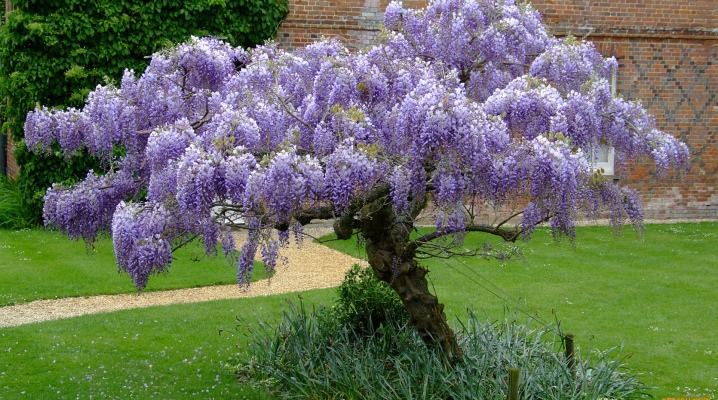
The graceful Chinese wisteria is an adornment for any garden plot. Its long inflorescences of lilac or white shades and large leaves are able to hide any unsightly structure and give even the most ordinary gazebo a fabulous look. However, wisteria still cannot be called an unpretentious plant. In addition, for the winter, the culture will have to provide a reliable shelter.
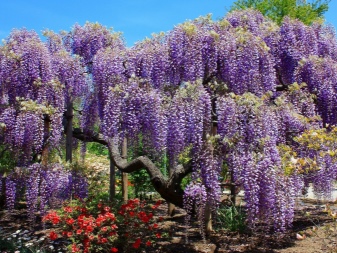
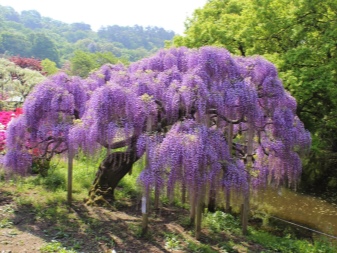
Peculiarities
Chinese wisteria, whose Latin name sounds like Wisteria sinensis, is an ornamental vine belonging to the legume family. The representative of the wisteria genus has a woody surface and reaches a height of 20 to 25 meters. The shoots naturally twist against their axis, and the young branches, in addition, are covered with snow-white fluff. Leaf plates can reach a length of almost 30 centimeters, made up of 8-12 small leaves. The racemose inflorescences also grow to almost 30 or even 40 centimeters. The diameter of each flower ranges from 2 to 2.5 centimeters.
The corolla is colored in various shades of purple or white. The bell-shaped cup is covered with fluff. The fruits of Chinese wisteria are pubescent beans, each containing one to three brown seeds up to 1.5 centimeters long. The flowering culture occurs from May to June, and the fruits can appear from late spring to late summer. In good weather, secondary flowering occurs in September.
The plant's winter hardiness is average - it can withstand temperatures only up to -20 degrees, and in extreme cold it simply freezes out. I must say that this culture is grown not only in the open field, but also in an apartment - in this case, a miniature bonsai is formed from a long vine.


Popular varieties
Chinese wisteria comes in many varieties. "Alba" characterized by the presence of a large number of falling shoots of a snow-white shade, although there are hybrids with a pinkish or lavender color. The diameter of the stems reaches 30-35 centimeters. Over time, they harden, therefore, the formation and direction of growth of the vines in the required direction is carried out while the wisteria is young. Alba blooms twice a season - in spring and late summer. Since the variety has poor winter hardiness, it is easiest to grow it in the Rostov region or Crimea.
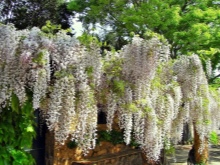
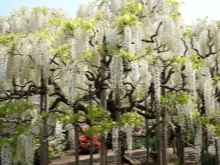

Variety "Blue sapphire" attracts attention with its blue-purple inflorescences. As a rule, the buds open in May, but sometimes secondary flowering occurs in July. Beautiful flowers of a delicate shade have a sweet, slightly sugary smell. They form elongated brushes up to 25 centimeters long. The height of the vine is 6 meters.
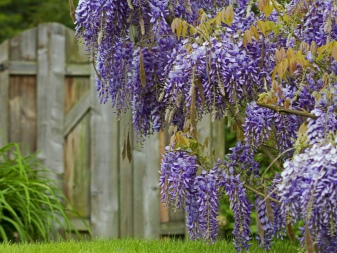

Variety "Amethyst" produces purple inflorescences starting in the second half of May. Flowering continues almost until the last days of August. The characteristic of this variety can be called a brighter and stronger aroma compared to the rest of the Chinese wisteria.
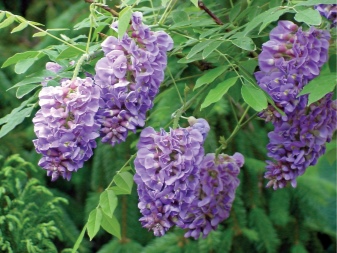

"Prolific" characterized by the presence of beautiful blue flowers. The first buds appear in the third year after planting, and in a year the vine lengthens by about 2 meters. The culture develops quickly on well-moisturized and loose soil, and with special supports in a short time it creates a decoration for the garden.

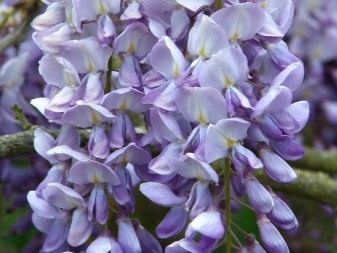
Wisteria Southern Belle covered with long brushes of white and lilac shades. Their smell is sweet, but still mild. Flowering begins in the last week of May and lasts until about July. This variety develops best in open and well-lit areas.


Wisteria Texas White is a dwarf variety, and therefore its height does not go beyond 2.5 meters. This variety blooms once a season, covered with snow-white clusters up to 35 centimeters long. It is important to clarify that the color changes from white to cream towards the end of the flowering period.

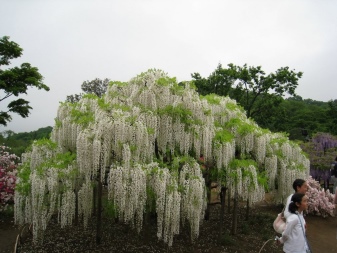
How to plant?
Since Chinese wisteria loves light and warmth, planting it should take these requirements into account. To do this, you need to choose a site that is well lit for at least 6 hours. In addition, protection against drafts is important. Ideally, it is better to plant a vine near the southern side of the building of the required height. We must not forget about the length of the root, which can reach about 2 meters. The landing site should immediately be permanent, since the Chinese wisteria tolerates transplanting very badly.
The soil can be almost any, but it is better to choose a fertile, light and well-moistened soil. It is important that the soil mixture passes both air and moisture well. The ideal substrate for liana is made up of 3 parts of leafy soil, part of humus and the same amount of river sand.
It is better to land in the spring, when all frosts are over. Seedlings should be bought medium in size, always with a closed root system and at least two years of age.
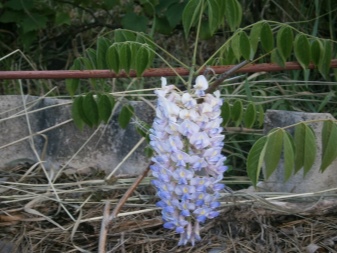

The planting itself begins with the fact that mineral fertilizers are applied to the selected area, and one square meter will require from 20 to 30 grams of substance. Further, all the soil is digged. You can pull out the main hole with dimensions of 50x50x40 centimeters. Drainage is laid out at the bottom of the hole, as a rule, from pieces of brick and expanded clay. Then a liana is located inside, the depression is covered with soil and thoroughly moistened. From above, the surface is mulched with pieces of bark.
It should be added that before the procedure, it is better to keep the sprouts in water for 30 minutes. When planting Chinese wisteria, it is necessary to maintain a 30 cm gap in relation to the support or wall of the building. It is important to mention that the variety and planting time should be selected taking into account the available climatic zone. For example, for the Leningrad region "Blue moon" is more suitable, in the Urals and in the Moscow region you can grow different varieties, but it is better to do it in a container way. In Siberia, Chinese wisteria, most likely, will not be able to survive the winter, and therefore its cultivation is not encouraged.

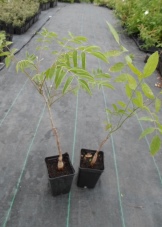

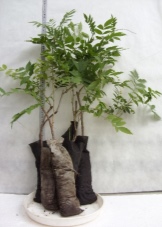
How to take care of it properly?
Caring for Chinese wisteria at home is quite simple, because such a plant does not even need pruning. Complex mineral fertilizers are used twice: when the buds begin to form and when they open. Irrigation should be regular, as the soil should always remain slightly moist. In June, the tree can be transferred to the balcony, and in winter it is imperative to ensure peace at a temperature of 6 to 8 degrees. It is best if wisteria is grown on the windowsill of a window facing south. If the leaves of a house plant become poorer, then perhaps the problem lies in the excessive acidification of the soil. You can eliminate it with iron salts.


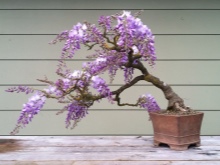
Watering
If the cultivation of wisteria takes place in the open field, then it is better to focus on the condition of the soil. Excess moisture will lead to decay of the root system, but the lack of moisture will be critical. When the active formation of buds begins, it makes sense to additionally carry out the spraying procedure. By the beginning of September, watering is reduced to almost a minimum.


Fertilizer
Once a season, Chinese wisteria must be fertilized with a chalk solution, for the preparation of which 100 grams of the substance must be diluted in 10 liters of liquid. Also, when the buds begin to form, a mineral complex and organic matter should be added in the form of cow dung, part of which is dissolved in 20 parts of water. The same happens during the flowering period. It is important to remember that all dressings are carried out one after the other.

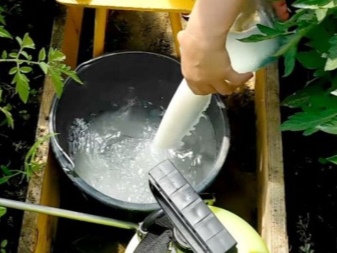
Pruning
Formative pruning is carried out in the second or third year of the plant's life. The procedure is carried out in the summer. Healthy shoots are shortened by 3-4 buds, and dried or spoiled ones are completely removed. In spring, at the beginning of the season, it also makes sense to carry out a similar treatment in order to rid the wisteria of the shoots that have not survived the winter.
It is important to mention that the older the liana, the longer its roots, so replanting it will be an almost impossible task... Therefore, a permanent habitat should be chosen carefully. Wisteria grows necessarily with the use of a support, as it is recommended to take strong wooden or metal pergolas from one or more rows. In winter, the culture needs to provide a secure shelter.
For this, the vine is removed from the support, after which it is fixed on the lying shield. On top, everything can be covered with a lot of dry foliage. If snow is not expected, then it makes sense to use agrotex.

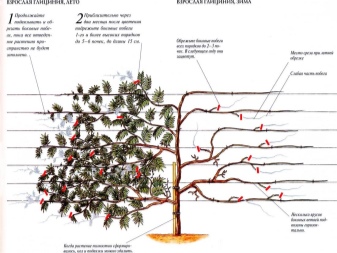
Reproduction methods
For propagation of Chinese wisteria, seeds are used or a suitable vegetative method is chosen. I must say that seed way recommended only for qualified specialists. Firstly, the material has poor germination, and secondly, care in this case is quite difficult. It all starts with the fact that the seeds are planted in containers, which are located in a room where it is warm, but moderately humid. In order for the sprouts to hatch faster, it is necessary to cover the plantings with a glass sheet or cling film.
Irrigation is best done by spraying plantings. For 30 days, planting must be kept in this form, and then they are exposed to the light. As soon as the sprouts hatch, it is necessary to dive the wisteria, keeping the earthen lump.
During planting, both containers and the plants themselves should be treated with potassium permanganate. However, the seed method gives only a quarter of adult plants, and some of them do not even bloom, so this method cannot be called the most successful.



Reproduction of Chinese wisteria is successful using layering an adult plant. You need to choose a fairly strong one-year-old shoot and in the spring make an oblique cut in the middle on it. Then the cut site treated with a growth stimulator is sprinkled with a mixture of clay and turf. If possible, it is placed in a container filled with soil. Around the end of summer, the cuttings will give roots, and it can be transplanted to a permanent habitat. If cuttings are chosen for reproduction, then twigs 25 centimeters long will have to be cut in March or April.The resulting cuttings are processed with a growth stimulator and stuck into a substrate collected from peat, sand, humus, as well as three parts of turf.
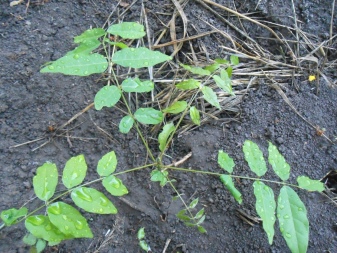
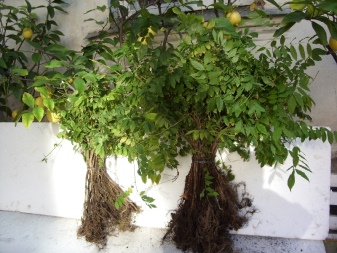
Diseases and pests
Chinese wisteria suffers from chlorosis, but since it occurs due to increased acidity, the problem can be eliminated by introducing iron salts into the root zone. Of insects the plant is most often attacked by either aphids, spider mites, or clover mites... In all these situations, it is best to use insecticides.
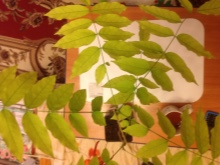
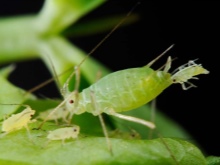
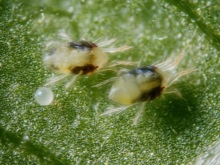
Use in landscape design
Chinese wisteria is often used in landscape design. Of course, most often it is chosen for the design of vertical surfaces - walls of houses, terraces, balconies, verandas or frames of any shape.
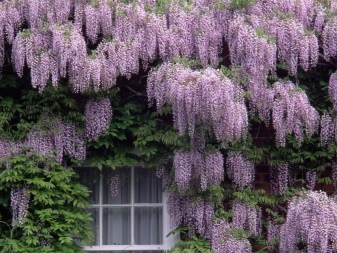

Many gardeners also grow wisteria as a standard tree.
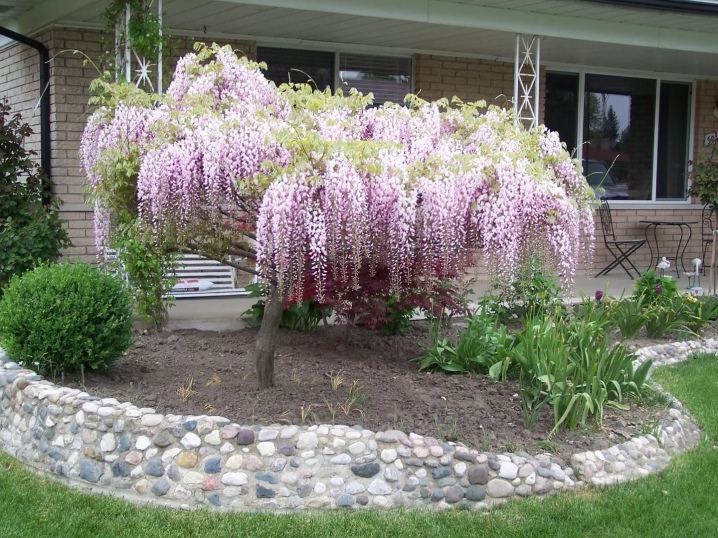
The culture is most harmoniously combined with daffodils, hyacinths and tulips.




































































































In the village Angarsk wisteria has been growing since Soviet times - the size is gigantic.
If it grows in your country, in Stavropol, I think it will also survive, I'll go buy it.
The comment was sent successfully.